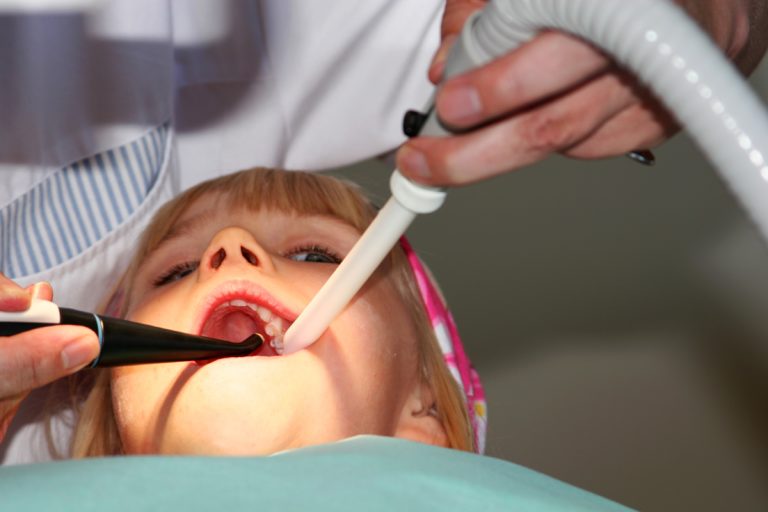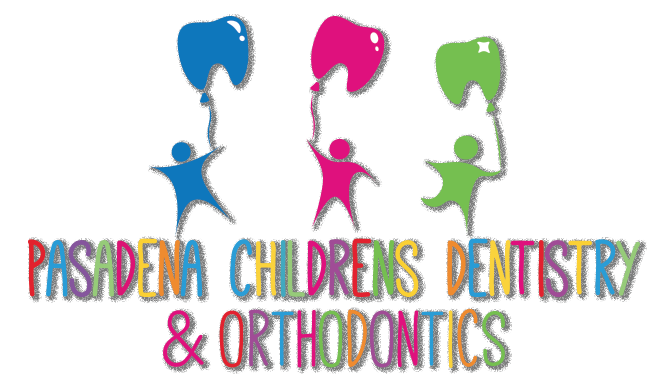
There are certain dental procedures that may cause children excess stress and anxiety. During these procedures it is often helpful to the child, parent, dentist, and hygienists, to have the child in a relaxed state. The calmer the child is, the quicker and smoother the procedure will go. Because of this, dental sedation has become a new method of providing children with safe and easy dental care. Dental sedation merely helps the child to relax so that dental procedures can be carried out in a quick and effective manner.
There are different types of dental sedation available for children. The three most common types are oral, nitrous oxide, and IV sedation. Oral sedation is delivered by having the children swallow a liquid before the start of their procedure. Often times, children will receive this oral sedative when they arrive to their appointment, since it takes about twenty minutes to be effective. Oral sedation offers a low dosage of sedative, meaning that the sedation is very minimal. However the dose can be increased to achieve a stronger effect.
Another common method is delivered through the inhalation of nitrous oxide gas. Nitrous oxide is an odorless gas that is commonly referred to as “laughing gas”. In order for the gas to take effect, the child must inhale it through a special mask placed over the nose and mouth. Upon inhalation, the gas takes about five minutes to reach its maximum effect. This method is quite commonly used since it simply requires inhalation to achieve the desired result.
The final most common method is IV sedation. Using this method, a sedative is delivered through the patient’s vein. IV sedation works almost instantly and the dosage can be easily increased or decreased throughout the procedure. IV sedation may be used if the procedure requires a stronger level of sedation. Generally speaking, however, the dentist will use nitrous oxide to relax the child first before inserting the IV needle for the procedure. The needle will also most likely be removed before the child “wakes up” and realizes it’s there.
When sedation is recommended for a dental procedure, there are certain guidelines that must be followed. For example, the child must be wearing certain things to minimize the risk of injury after the procedure. These include: loose and comfortable clothes, close-toed shoes that can grip the ground, and pants that are well-fitted and do not drag. It is also encouraged to allow the child to bring a favorite stuffed toy or blanket to keep them company during the procedure and help them feel more secure.
Other important guidelines include not letting the child eat or drink after midnight and completing a medical evaluation prior to the procedure date. The medical evaluation is to ensure there are not other health issues that can complicate the procedure and the fasting is due to the fact that the child’s stomach must be empty to undergo sedation in the safest way.
Once the procedure is over, you will want to be there for your child. Throughout the day, they will gradually recover and perk up. However you will need to watch them throughout the day to make sure they are okay. If you have any questions, be sure to discuss them with your dentist.

















Recent Comments